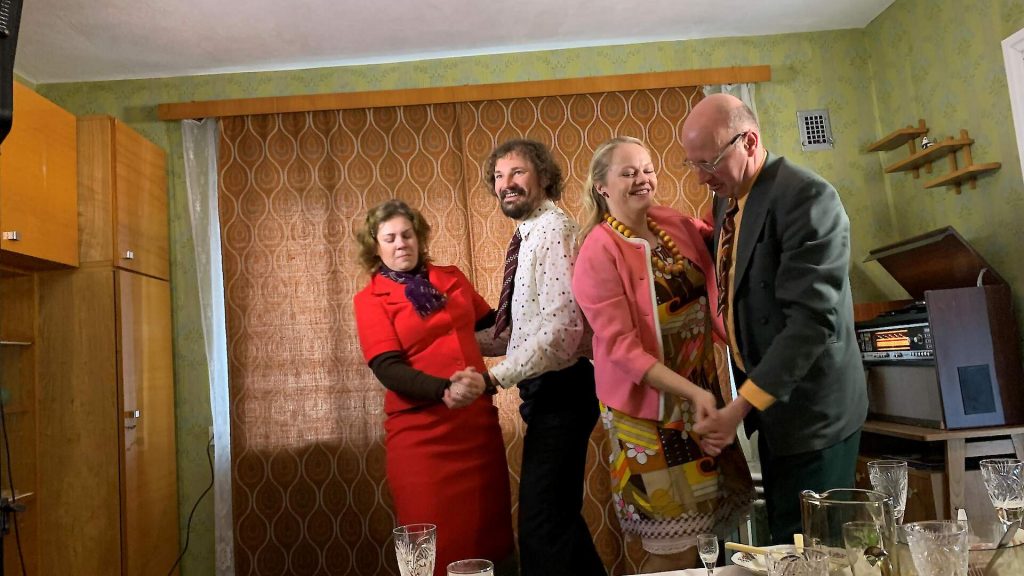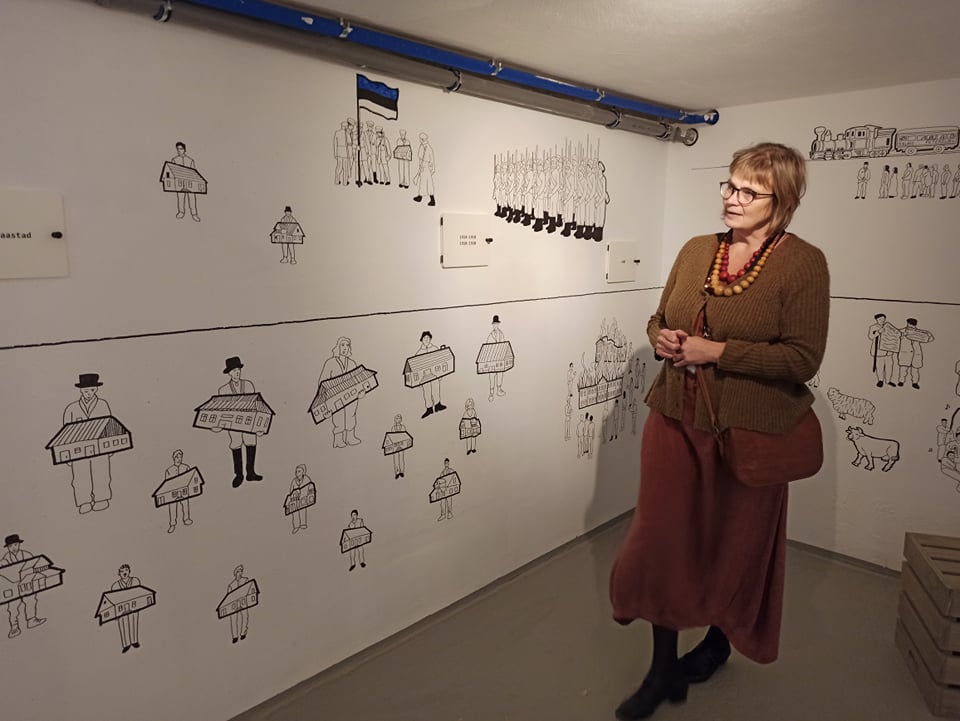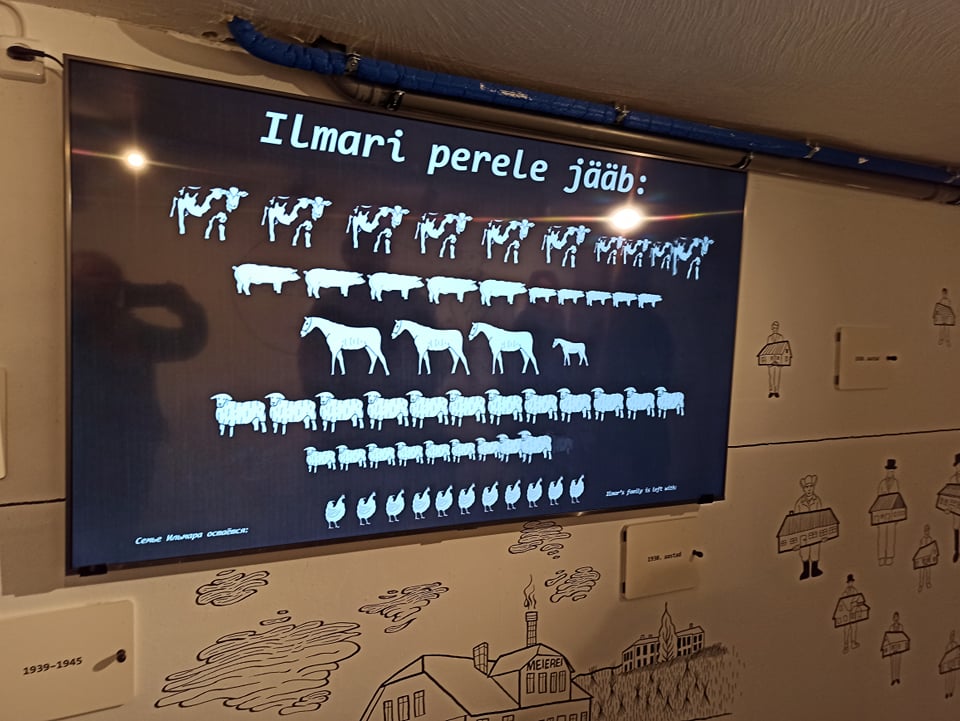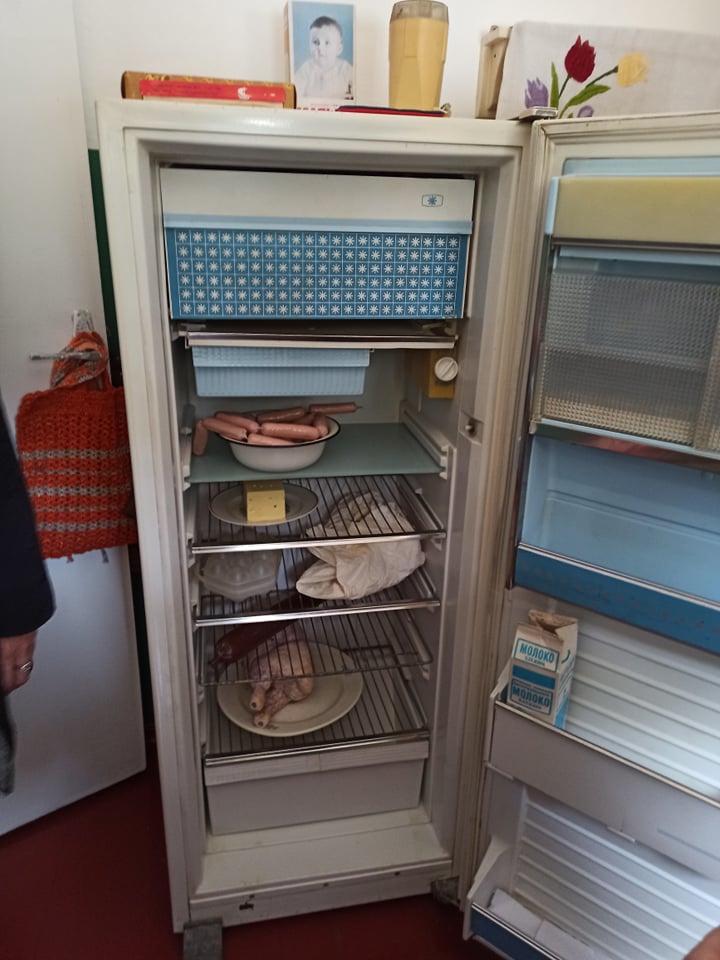The silicate brick apartment building was built in 1964 for the workers of the Sookuru dairy barn at the Järvesalu kolkhoz (Räbi, Valga district, Southern Estonia). Similar, standard kolkhoz houses can be found all over Estonia and they have become a typical part of the rural landscape.
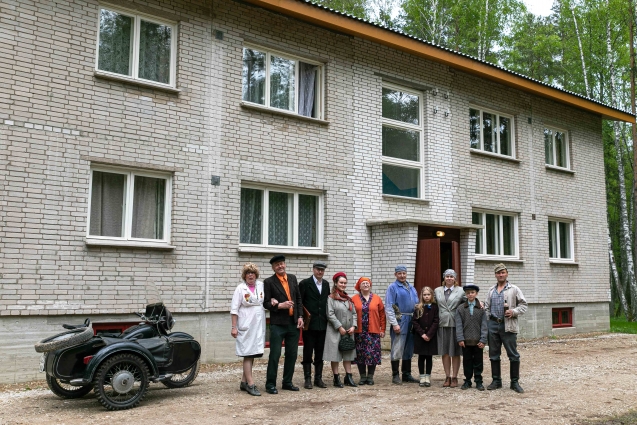
The apartment building was transported here from 200 km to away. A short video of the preparations and construction was shared on the museum’s social media page.
Since it was opened, the Kolkhoz House has had over 20,000 visitors. The viewing data of the ad of this new unit also show how popular this attraction is.
The building includes four three-room apartments that provide a realistic and detailed picture of the everyday life of rural people in the 1960s, 1970s, 1990s, and 2010s. In the basement, there is an exhibition with valuable information on the development of rural life in Estonia from the establishment of collective farms to the present day, and an area, The World of Little Ilmar, presenting the activities and games of children.
The immediate surroundings of the building were also designed in the style of the 1970s, and construction is still underway at the back: there will be a silicate stone sauna, a garage, firewood shed, clothes drying racks and a sandpit for kids. The road leading up to the building is typical, too: there is a milk stand with milk cans, a bus stop, and the mailbox at the entrance that shows where the main road of the village takes you.
A small screen at the entrance of every apartment presents the family living there –you see typical lives here, and the furnishing of the homes reflects what you see and hear there. The employees of the museum worked on the films. People still alive today contributed pieces to the furnishing of the first and the last apartments or helped recreate the original design. Feedback has been positive. The atmosphere is familiar to us, who were also part of the eastern bloc. The historical processes, the hopeful and tough times, alcoholism, clothes packages from charities, striving for a better life and longing for a western lifestyle, authentic music of the time, tidiness, and a messy kitchen—all this result in a special character.
In the apartments you can take a look at everything, you can open and try on the items, so the rooms often have a “life of their own” and get rearranged from time to time.
There are guided tours in the building, and you should not be surprised to meet a lady in a housecoat peeling an apple in front of the house or hear people quarreling in the kitchen upstairs. The screen in the drinks cabinet shows the footage of friends celebrating, and the many details may also help the memory of elderly visitors, even with dementia, and valuable information can be collected for future programs.




